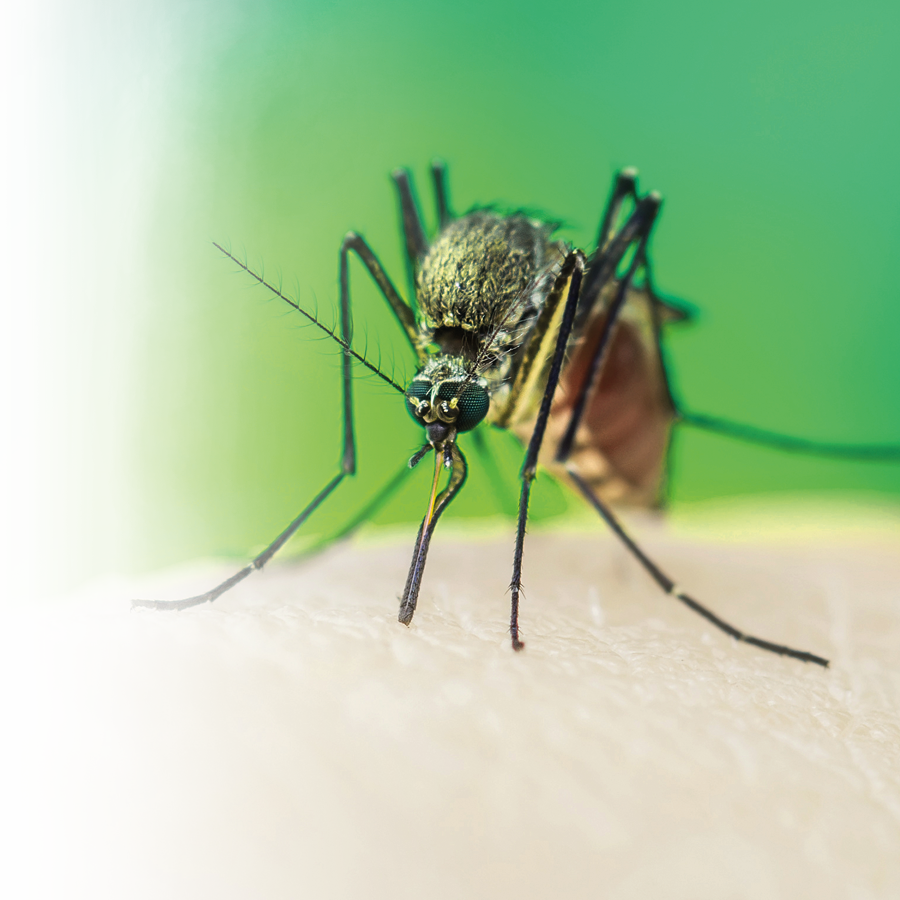Myth or reality? The virus is transmitted only by the sting of infected mosquitoes?
The virus is transmitted by the sting of infected mosquitoes of the Aedes aegypti species. These mosquitoes are especially found in tropical and subtropical regions. They sting more frequently at certain periods of the day, including:
- in early morning
- in late afternoon, and
- in early evening
In humans, the Zika virus can also be transmitted, for example:
- by a mother to her unborn child
- during a blood transfusion
- during sexual activity
Therefore, it is a myth, although the sting of infected mosquitoes is the main mode of transmission.
Myth or reality? Symptoms of the infection may not show in an individual carrying the virus.
Two to fourteen days may pass between the time of infection by the virus and the appearance of symptoms. Mild manifestations occur in 20 to 25% of infected individuals and result in the following:
- fever
- skin rashes
- joint pain
- conjunctivitis
- muscle pain, and
- headaches
The absence of symptoms in most infected individuals complicates the fight against the transmission of the virus, particularly through sexual transmission. When symptoms are present, they diminish in two to seven days.
Myth or reality? Infection by the Zika virus has been associated to some serious complications.
This is a true fact. Some complications include:
- congenital microcephaly
- foetal death, and
- Guillain-Barre syndrome
Children affected by congenital microcephaly were infected by the Zika virus during pregnancy. These newborns’ heads are much smaller than those of other children. The brain does not develop normally during the pregnancy or ceases to develop after birth. Congenital microcephaly is associated to developmental difficulties.
Guillain-Barre syndrome is a condition during which the immune system attacks the peripheral nerves. The nerves of the ribcage may be affected, which leads to breathing difficulties. Individuals with this disease often recover, but paralysis may remain.
Myth or reality? It is possible to reduce the risk of contracting this infection.
Several measures can be taken to limit the risk of transmission of the Zika virus, such as using effective protection against mosquitoes. For additional information, read the following text: Protection against insect bites using five questions.
The use of condoms is a good way to prevent the transmission of the Zika virus. For men having been at risk of exposure, it is recommended:
- to use condoms or avoid sexual intercourse during the entire pregnancy, if their partner is pregnant
- to wait six months before considering to conceive a child
- to use a condom during sexual intercourse with any partner for six months after the risk of exposure
Knowledge about the Zika virus is evolving quickly. For now, prevention remains the primary method to fight against the infection.

